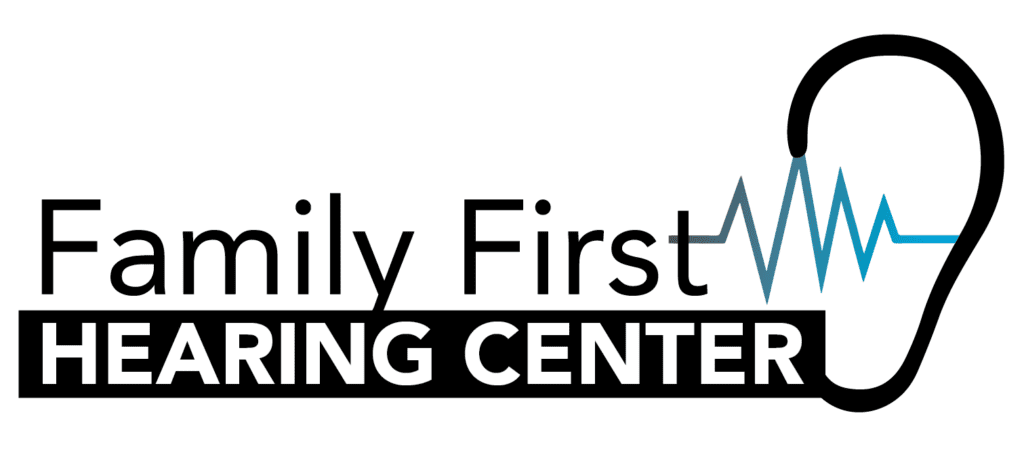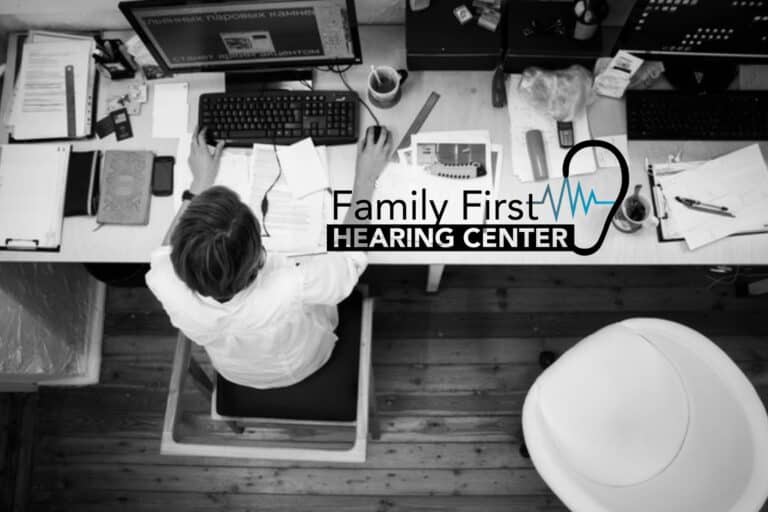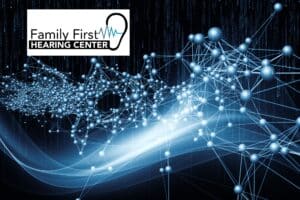Hearing loss is a prevalent issue, especially among individuals aged 60 and older. Addressing hearing loss in the workplace is crucial for creating an inclusive and productive environment. This article aims to provide practical solutions for managing hearing loss at work, ensuring everyone can communicate effectively and contribute their best.
Understanding Workplace Challenges
People with hearing loss often face unique challenges in the workplace, including:
– **Difficulty in Following Conversations:** Meetings can be particularly challenging when it is hard to keep up with conversations.
– **Struggling with Background Noise:** Open offices and noisy environments can make it hard to focus and hear.
– **Missing Auditory Cues or Signals:** Important alerts or signals may go unnoticed, affecting productivity and safety.
Effective Communication Strategies
Enhancing communication can significantly improve workplace interactions for people with hearing loss. Here are some effective tips:
– **Informing Colleagues:** It’s vital to let your colleagues know about your hearing loss so they can adjust their communication methods appropriately.
– **Utilizing Visual Aids:** Use slides, notes, and visual cues during meetings to supplement verbal communication.
– **Active Listening:** Encourage colleagues to speak clearly, face you, and avoid covering their mouths while talking.
Assistive Technologies
Several assistive devices and technologies can aid in better workplace communication:
– **Hearing Aids:** Modern hearing aids come with advanced features like directional microphones and noise reduction, significantly enhancing workplace communication.
– **Assistive Listening Devices (ALDs):** ALDs can be used in meetings to amplify sound and ensure you don’t miss important points.
– **Captioning Services:** Real-time captioning for video conferences ensures you can follow along even if you miss some audio.
Adapting the Work Environment
Making simple changes to the work environment can create a hearing-friendly workplace:
– **Quiet Workspaces:** Designate quiet areas or rooms where employees can work without background noise interference.
– **Reducing Noise:** Implement strategies such as using noise-canceling machines or sound-absorbing materials to minimize background noise.
– **Meeting Rooms:** Ensure meeting rooms have good acoustics and are equipped with hearing aid-compatible systems.
Seeking Professional Help
Consulting with audiologists is crucial for personalized hearing solutions. Family First Hearing Center offers workplace-specific advice and services, helping you find the best hearing solutions tailored to your needs.
Training and Awareness
Creating a supportive environment involves training programs for staff to raise awareness about hearing loss:
– **Training Programs:** Implement training sessions that educate staff on how to communicate effectively with colleagues who have hearing loss.
– **Increasing Awareness:** Include hearing loss awareness in workplace training sessions to foster an inclusive environment.
Legal Rights and Accommodations
Employees with hearing loss have specific legal rights, including:
– **ADA Compliance:** The Americans with Disabilities Act (ADA) ensures that employees with hearing loss receive reasonable accommodations.
– **Requesting Accommodations:** Learn how to request and negotiate accommodations such as assistive devices or changes in office layout to better support your hearing needs.
Addressing hearing loss in the workplace is essential for creating an inclusive and productive environment. For personalized advice and advanced hearing solutions, reach out to Family First Hearing Center. CLICK HERE to learn more about our services and make an appointment for a consultation.



